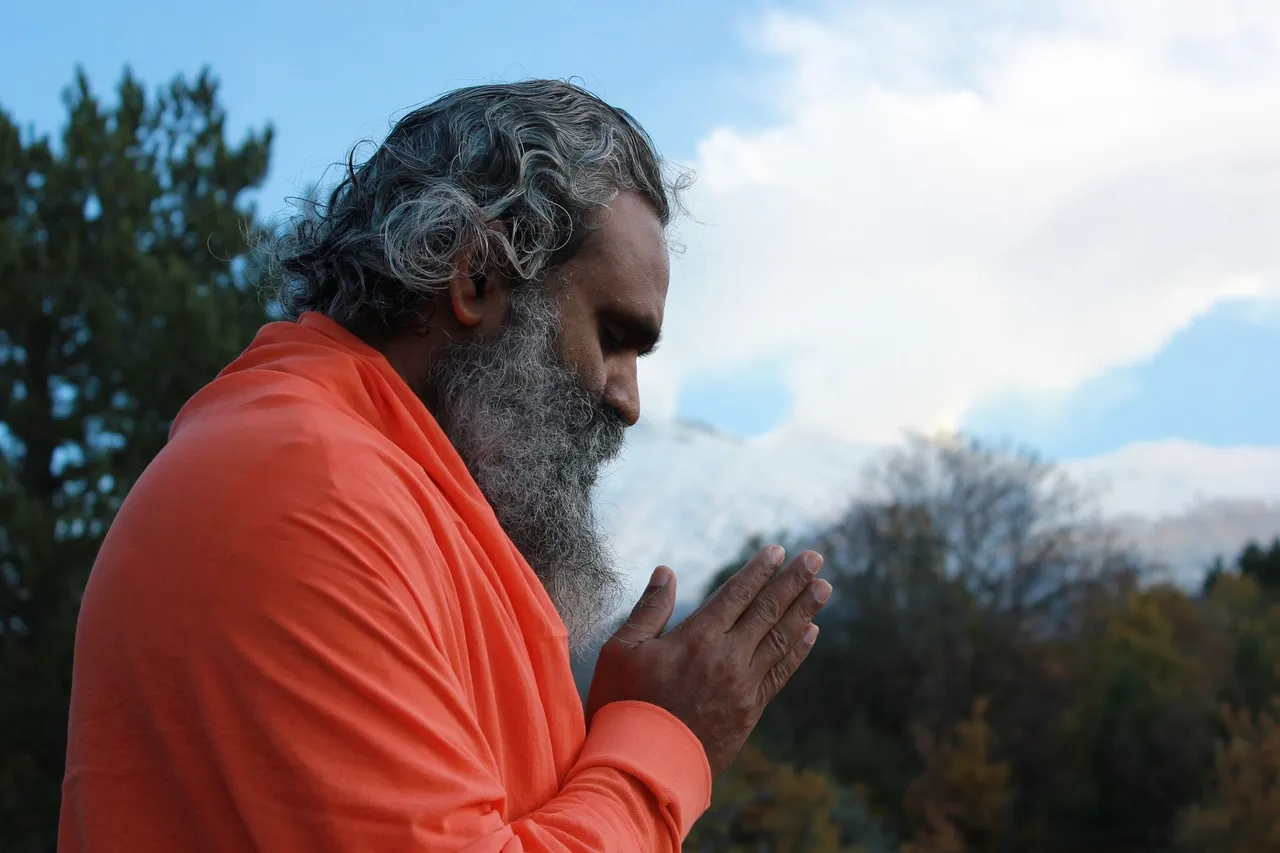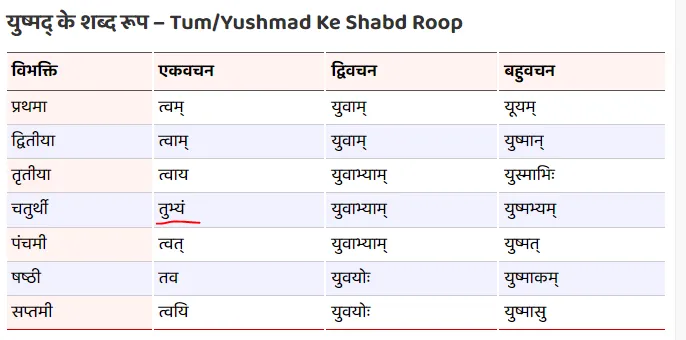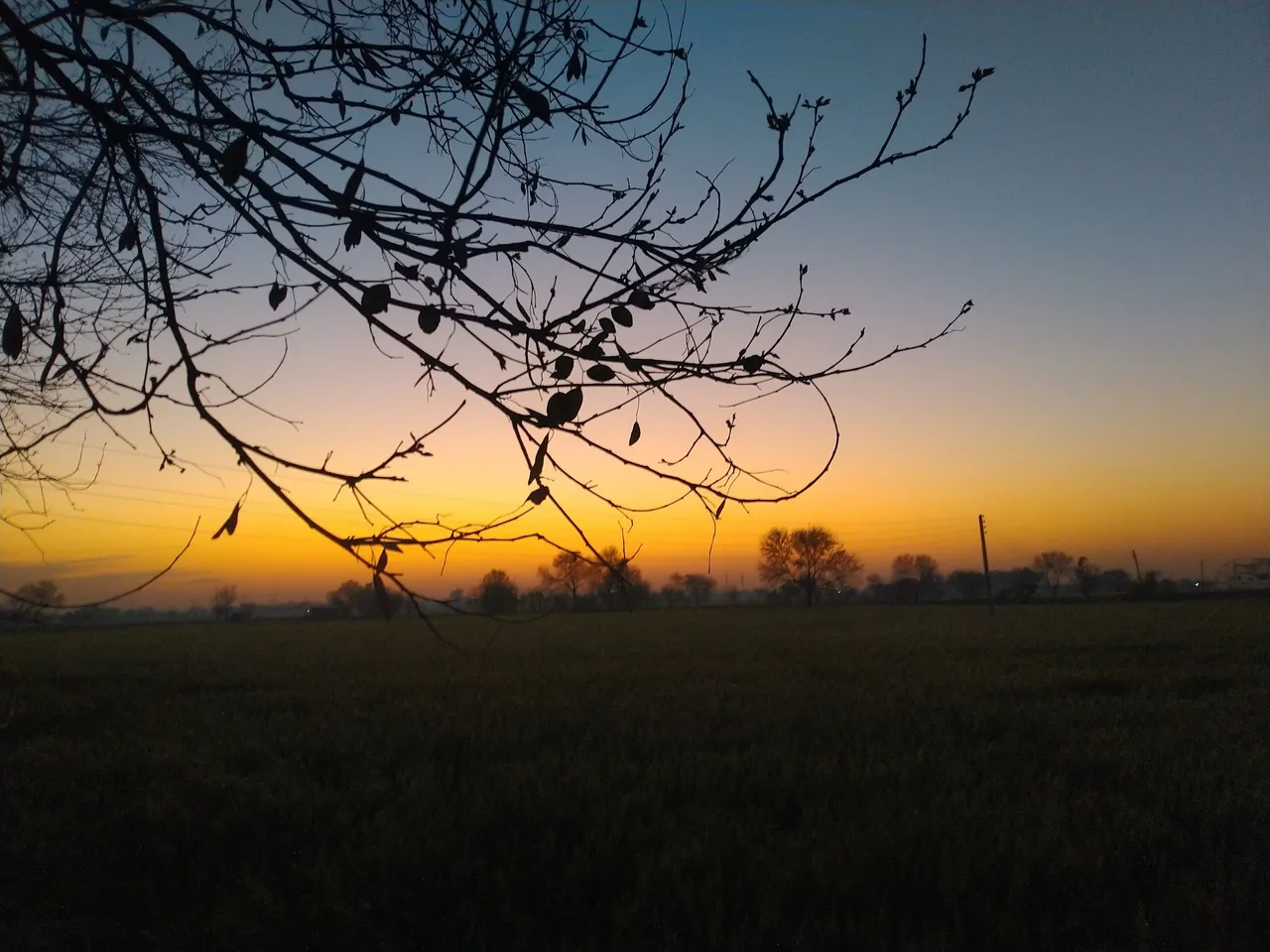Namaste or Namaskar 🙏(Which one should I use here?)
 Image by swamiananda from Pixabay
Image by swamiananda from PixabayWe Indians use the words Namaste and Namskar as greetings and salutations all the time. We have seen many popular stars and politicians switched to this greeting during the time of Covid19 pandemic. But what is the exact meaning of the word Namaste and why we have another word, Namaskar (or Namaskaram), which is also used the same way? Do these words actaully mean the same and can they be used interchangeably?
But first we need to look at each of the words.

Sanskrit Origin
Both the words Namaste and Namaskar have the same root word Namas (नमस), which is a Sanskrit word meaning "bow" (as a means of showing respect).
Please note that I will be taking the help many online resources including the Hindi Shabdh Kosh (Dictionary) by Dr. Shyam Sundar Das, who is one of the pioneers of Hindi literature.
You will find this word in the fourth book of Hindi Shabdh Kosh on page no. 36... Here is the link to the digital copy of the book on Internet.
नमस् - संज्ञा पुं० [ सं० ] (१) झुकना | नमन | (२) प्रणाम । नमस्कार । (३) छोड़ देना | (४) यज्ञ । (२) अज्न। (६) बच्च । (७) स्तोन्न ।
As you can see the root word have other meanings as well but the
Now that we know the root word is the same... let's focus on the first and more popular word among the two, Namaste (नमस्ते)

Namaste
Namaste is made out of two words "Namas" (नमस्) and "te" (ते).
"te" is a short-hand form of the Sanskrit word "tumbhyam" (तुभ्यं) meaning "for you".
 Source
SourceSo, Namaste is a sentence which translates to "Namah for you" (तुम्हारे लिए प्रणाम) or "Salutation/Greetings to you" (तुम्हें प्रणाम).
And the word "you" here is used only for a singular person, unlike the English word "you" which can be used to address one or more than one person.
So, Namaste can only be used for one person. If you want to greet more than one person you have to say "Namsaste Uncle" or "Namaste Aunt". You can't just use one Namaste for both of them.
Now that I know the meaning of the word entirely it all makes sense now. My parents taught me to say Namaste to each individual.
When you have a family function and all your relatives are there it becomes a little tiresome to greet each one individually. And we have "Namaskar" to the rescue.

Namaskar
Namaskar is not only a word and a sentence but also a Verb as well. Namaskar is an "act of doing Namah (or paying respect)"
Namaskar is made from Namas (Bow)+ Kara (action)
As Namaskar is just a Verb and it does not specify any number it can be used for more than one person as well.
Please note that the word Namaskar is prevalent in the Northern part of India which takes the form of Namaskaram when we travel towards the south.
Dr ShyamSundar Das ji gives two meanings of the word. I was shocked to see the other meaning which says "a type of Venom". Keep in mind this Dictionary is a century old and perhaps the other meaning is gone out of the language completely.
नमस्कार - संज्ञा पुं० [ सं० ] (१) छुककर अभिवादन करना । प्रणाप्ते । (२) एक प्रकार का विष ।

Conclusion
Both words Namaste and Namaskar are used to greet meanings but can be used to show respect and said at the time of greeting others. Just keep in mind Namaste is used to greet only one person while Namaskar can be used for one as well as more than one person.
Now that we know the meaning of these words let's correct some of the sentences we here in daily life.
| Incorrect | Correct |
|---|---|
| मै आपको नमस्ते करता हुँ (Mai Aapko Namaste Karta hu) | मै आपको नमस्कार करता हुँ (Mai Aapko Namaskar Karta hu) |
| नमस्ते मित्रों (Namaste Mitro) | नमस्कार मित्रों (Namaskar Mitro) |
| बेटा, अपने चाचा को नमस्ते करो (Beta, Apne chahcha ko Namaste Karo) | बेटा, अपने चाचा को नमस्ते कहो ((Beta, Apne chahcha ko Namaste Kaho)) |
I was not aware of this and have used Namaste for greeting more than one person. I am glad I took the time to read more about the two words which are still used interchangeably all the time without keeping the subtle difference in mind.

I hope this post will help others, especially people from the subcontinent and they learn about it as well. I am feeling a little ashamed that even after speaking Hindi all my life I didn't know about these differences. Not just me, a lot of others were also unaware of this so let's blame it on society and education.
Anyways, I thought about translating this whole post into Hindi as well but that will take a lot of time and effort. I have yet to learn Hindi Typing and this might be a good time, I guess.
**To answer my very first question, I will use the word Namaskar for my Blogs instead of Namaste as the former is more versatile and can be used to greet larger audience.
Let me know you thoughts about the two words and whether you were also using them wrong
Thanks for reading...
Until next time...
Namaskar 🙏


